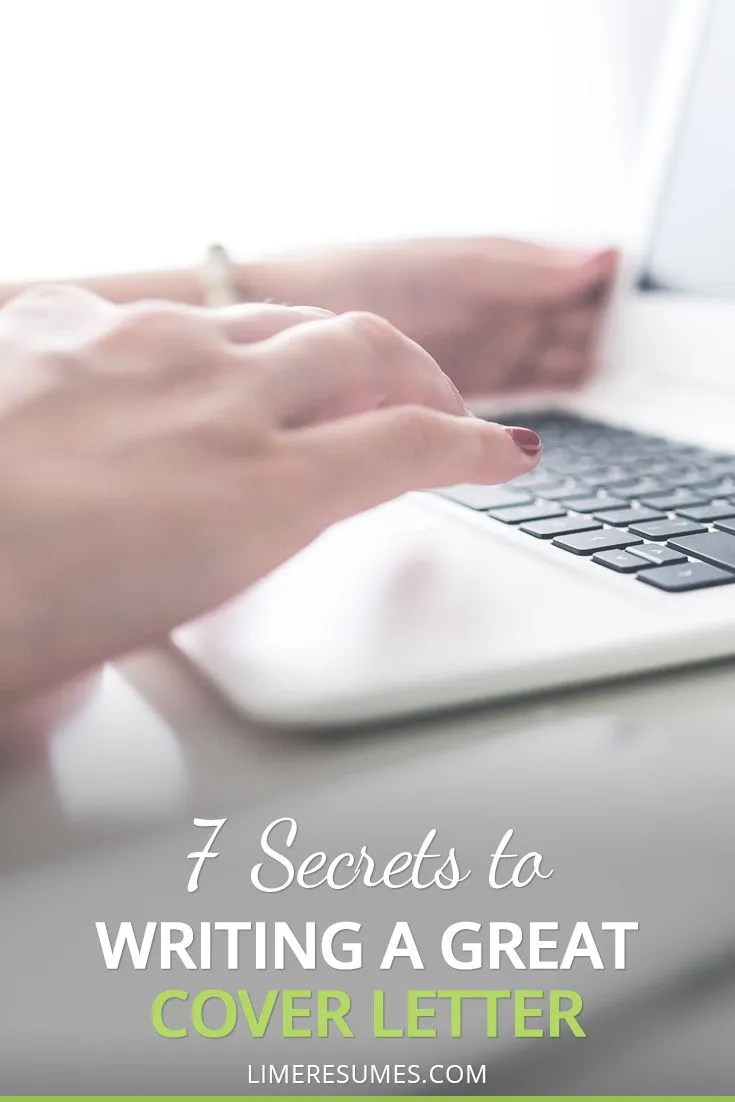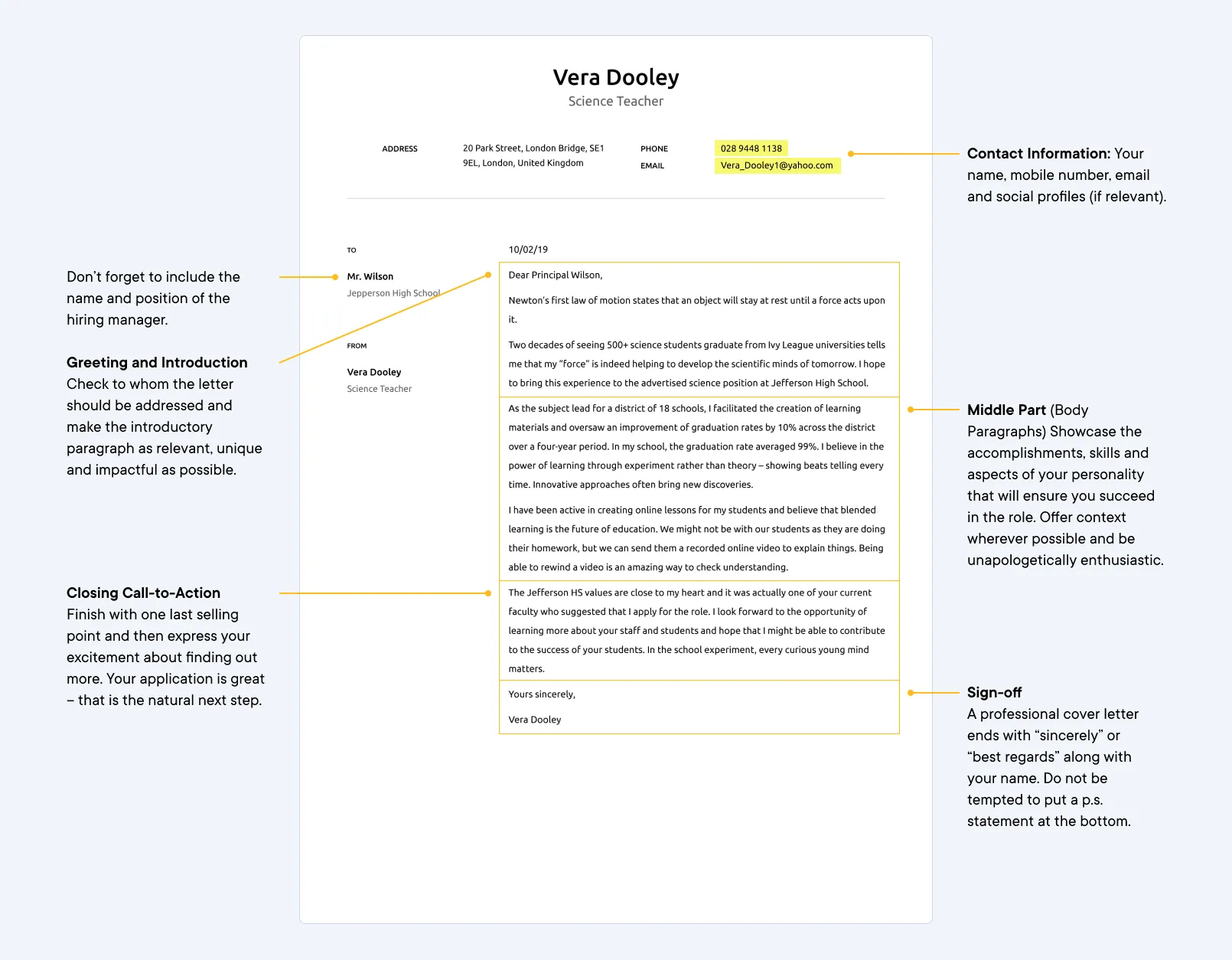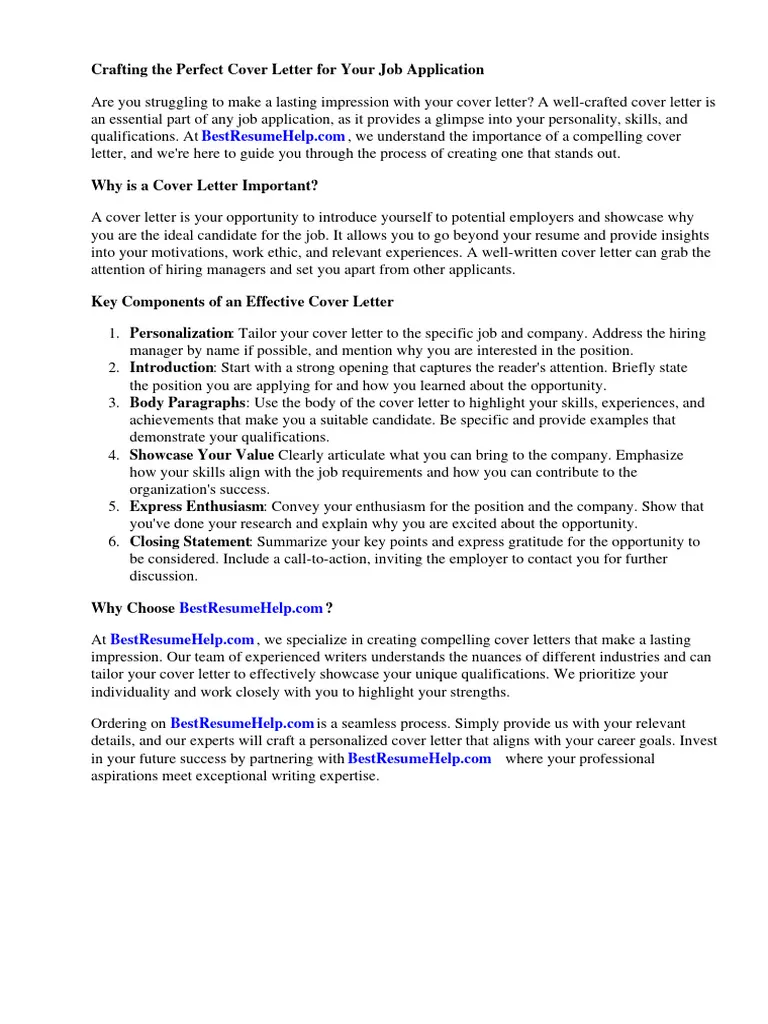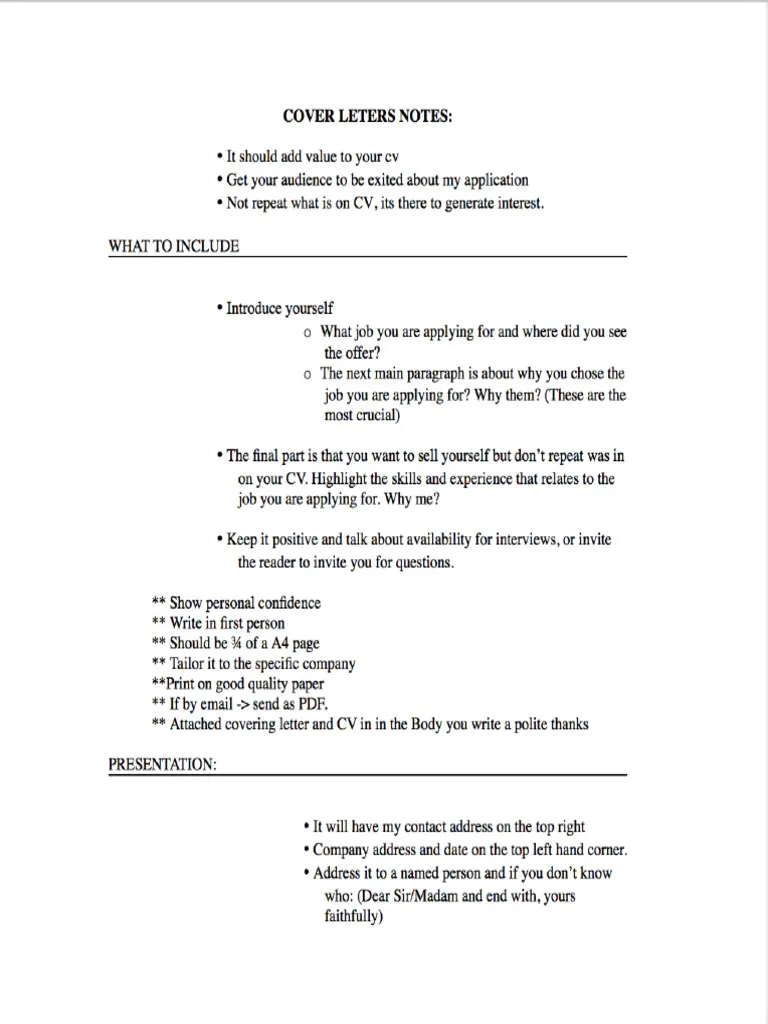Understanding the Importance of Cover Letters
In today’s competitive job market, a well-crafted cover letter is no longer optional; it’s essential. It serves as your first impression on a potential employer, offering a crucial opportunity to showcase your personality, skills, and enthusiasm. A cover letter allows you to expand on your resume, providing context and depth to your qualifications. It’s your chance to connect with the hiring manager on a personal level and demonstrate why you are the perfect fit for the role. Failing to submit a strong cover letter can be a missed opportunity, potentially leading your application to be overlooked, even if your resume is impressive. A cover letter is a tool to differentiate yourself from other applicants by highlighting your unique qualities and expressing your genuine interest in the company and the specific position.
Why a Cover Letter Matters
A cover letter matters because it is your chance to make a personal connection with the hiring manager. It allows you to tell a story about your experiences and skills, demonstrating how they align with the job requirements and the company’s values. Many hiring managers will not even look at a resume without a cover letter, viewing it as a sign of disinterest or a lack of attention to detail. The cover letter lets you show that you’ve taken the time to understand the role and the organization and explain why you want to be a part of it. Furthermore, it provides an opportunity to address any potential gaps in your resume or explain career transitions, providing clarity and context that your resume alone might not convey. A great cover letter will also showcase your writing skills, attention to detail, and your ability to articulate your thoughts clearly and concisely, setting you apart from other applicants.
Highlighting Your Value

Your cover letter is the perfect platform to emphasize the value you bring to a potential employer. Think of it as a personal pitch. You should highlight your relevant skills, experiences, and accomplishments that make you the ideal candidate. Focus on how your skills align with the job description’s requirements. This might include project management, leadership, data analysis, communication, or any other relevant expertise. Back up your claims with concrete examples and quantifiable results. Instead of simply stating that you are a good communicator, provide an example of a successful presentation or a project where you effectively led a team. Also, express your understanding of the company’s mission and values, and explain how your values align with the company’s culture.
Cover Letter Format Essentials
A well-formatted cover letter is crucial to making a positive first impression. The format should be professional and easy to read. This means using a clean, readable font, such as Arial, Calibri, or Times New Roman, with a font size of 10-12 points. The layout should include clear sections: contact information, date, recipient’s information, a salutation, body paragraphs, a closing, and your signature. The entire letter should be concise, ideally within one page. Keep your paragraphs short and to the point, using bullet points where appropriate to highlight key achievements. Proper formatting demonstrates professionalism and attention to detail, both of which are highly valued by hiring managers. Make sure to align the text to the left, leaving a space between paragraphs and sections for readability.
Contact Information
Start your cover letter with your contact information. This should include your full name, address, phone number, and email address. Place this information at the top left corner of your letter. Ensure your email address is professional; avoid using nicknames or informal language. Keep your phone number up-to-date and easily accessible. The hiring manager will need these details to reach you promptly if they are interested in inviting you for an interview. This section should clearly present all of your contact details so that the hiring manager can easily access them. Make sure to use the same contact information on your resume, so there is no confusion.
Date

Below your contact information, include the date you are writing the letter. This typically goes on the right side of the page, just below your contact information. Use the full date format, such as ‘June 14, 2024.’ This date is essential for the records and ensures the letter’s timeliness. In a professional setting, the date establishes the letter’s validity and reference point. It is good practice to include the current date to keep things professional. Including the date can also help the hiring manager manage and organize application materials.
Recipient’s Information
Next, include the recipient’s information. This usually consists of the hiring manager’s name, title, and the company’s address. If possible, try to find the name of the hiring manager through the company’s website, LinkedIn, or the job posting itself. Addressing your letter to a specific person personalizes your application and shows that you have done your research. If you cannot find a name, use a general salutation, such as ‘Hiring Manager.’ Ensure that you double-check the spelling of the recipient’s name and title to avoid any errors, as these can create a negative impression.
The Salutation Addressing the Hiring Manager
The salutation sets the tone for your entire cover letter. Always start with a professional greeting. If you know the hiring manager’s name, use ‘Dear Mr./Ms./Mx. Last Name’. This level of personalization shows that you have taken the time to identify and address the person. If you don’t know the hiring manager’s name, use a professional alternative such as ‘Dear Hiring Manager,’ or ‘Dear [Company Name] Team.’ Avoid informal greetings such as ‘Hello’ or ‘Hi,’ and avoid using ‘To Whom It May Concern.’ The salutation is your first chance to show respect and attention to detail.
Crafting a Compelling Opening

The opening paragraph is the most crucial section of your cover letter, as it determines whether the hiring manager will continue reading. It should immediately grab the reader’s attention and clearly state your purpose for writing. The first paragraph should be concise and engaging, demonstrating your enthusiasm and interest in the position. Be direct and specific, stating the job you are applying for and how you learned about it. It’s important to immediately highlight your key qualifications or a notable achievement that aligns with the job requirements. This section needs to hook the reader from the start to encourage them to read the rest of your letter. This is a great chance to express your excitement about the role and the company.
Grabbing Attention Immediately
To grab the hiring manager’s attention, start with a compelling hook. This could be a brief anecdote, a statement about a significant achievement, or a powerful sentence that immediately captures their interest. Avoid generic opening lines such as ‘I am writing to express my interest…’ and instead, go straight to the point. For example, if you have a specific skill highly valued in the job description, mention it in your first sentence. Or, you could refer to a project you successfully completed. By starting strong, you signal your professionalism and make the reader eager to learn more about you.
Stating Your Purpose
Clearly state the purpose of your cover letter at the start. Mention the specific job title you are applying for and where you found the job listing. This ensures the hiring manager knows which position you’re interested in. It is important to be straightforward, so they know precisely what role you are targeting. If the company values a particular skill, you can mention it directly in the opening paragraph. This clear statement sets the context for the rest of your letter and directs the hiring manager to the relevant information.
Showcasing Your Skills and Experience

The body of your cover letter is where you showcase your skills and experience. Use this section to elaborate on your qualifications and explain how they align with the job requirements. This is your opportunity to provide further context beyond your resume and to explain why you are a perfect fit for the role. Focus on the most relevant experiences and skills mentioned in the job description. Use examples to demonstrate your achievements. Instead of simply stating you have leadership skills, give a specific example of a time you led a team to success. Your goal should be to convince the hiring manager that you possess the necessary qualifications and that you are a strong candidate.
Tailoring Your Letter to the Job
Always tailor your cover letter to each specific job. Customize it to reflect the specific requirements and qualifications outlined in the job description. Review the job description carefully and identify the key skills and experiences the employer is seeking. Then, in your cover letter, emphasize how your qualifications match those needs. Use the same keywords and phrases from the job description to show your familiarity with the role and industry. Tailoring your letter demonstrates your genuine interest in the position and your understanding of the company’s needs, making you a more appealing candidate.
Highlighting Relevant Achievements
Highlight relevant achievements in your cover letter. Instead of simply listing your job duties, focus on your accomplishments and the results you achieved. Use the STAR method (Situation, Task, Action, Result) to structure your achievements. Briefly describe the situation, the task you were assigned, the action you took, and the positive result you achieved. This method helps you create a clear and compelling narrative. For example, instead of saying ‘Managed social media accounts,’ you might say, ‘Increased social media engagement by 30% in six months by implementing a new content strategy.’ This will allow you to stand out from the competition by quantifying your accomplishments.
Quantifying Your Accomplishments

Quantify your accomplishments to make your achievements more impactful. Use numbers and data to demonstrate your successes. Instead of saying you improved customer service, specify the percentage by which you improved it. For example, you could state that you reduced customer complaints by 20% or increased customer satisfaction scores by 15%. Quantifying your achievements provides concrete evidence of your abilities and demonstrates the value you can bring to the company. Data driven examples support your claims and make them much more credible. Use numbers to show how you contributed to your previous roles.
Demonstrating Your Enthusiasm
Demonstrate enthusiasm for the role and the company throughout your cover letter. Show your genuine interest in the position and the organization. Research the company’s mission, values, and recent achievements. Mention specific aspects of the company or the role that appeal to you. Explain why you are excited about the opportunity. You can also share a brief story or anecdote that reflects your passion for the field or your work ethic. Your enthusiasm can make your cover letter memorable and show the hiring manager that you’re motivated to contribute.
The Closing A Call to Action
The closing paragraph of your cover letter should include a call to action. This is your final opportunity to convince the hiring manager to consider you for the position. The closing should be brief, professional, and forward-looking. Thank the hiring manager for their time and consideration, and then express your interest in an interview. Make it easy for them to contact you. Your closing should be designed to lead directly to the next step, ideally, an interview or a call to discuss your qualifications further. End with a positive and enthusiastic tone, reiterating your interest and eagerness for the opportunity.
Expressing Gratitude

In your closing paragraph, express your gratitude to the hiring manager for their time and consideration. Thank them for reviewing your application and for considering you for the position. This simple act of courtesy demonstrates your professionalism and appreciation for their time. Make it genuine and sincere. This gesture reflects positively on your character and leaves a favorable final impression. It shows that you respect their decision-making process and appreciate their consideration of your application.
Providing Contact Information
Reiterate your contact information in the closing. Provide your phone number and email address again, making it easy for the hiring manager to contact you. This ensures they can reach you quickly if they wish to move forward with your application. Make sure your contact details are correct and current to avoid any delays in communication. Providing easy access to your contact information simplifies the process for the hiring manager and increases your chances of being contacted for an interview. The goal is to make it as convenient as possible for them to reach you.
Proofreading and Formatting
Proofreading and formatting your cover letter are essential to ensure that it reflects professionalism and attention to detail. Errors in grammar, spelling, or formatting can detract from your qualifications and damage your credibility. Before submitting your cover letter, carefully proofread it multiple times, ideally allowing some time between each review. Check for any typos, grammatical errors, or inconsistencies in formatting. Use a grammar checker and spell checker, but remember to also manually review the document. Ask someone else to proofread your letter. Having a fresh set of eyes can help you catch mistakes you might have missed. It is good to get someone else to review your cover letter to ensure everything looks perfect.
Ensuring a Professional Look

Ensure your cover letter has a professional look. Use a clean, readable font, such as Arial, Calibri, or Times New Roman. Maintain consistent font size throughout the document. Ensure the text is well-spaced, with clear margins and line spacing. Avoid using excessive bolding, italics, or underlining. Keep the layout simple and easy to follow. A professional-looking cover letter demonstrates your attention to detail and respect for the recipient. A clean, well-organized format shows your commitment to quality and professionalism.
Using a Readable Font
Choose a readable font for your cover letter. The font should be easy on the eyes and suitable for professional documents. Popular and recommended choices include Arial, Calibri, and Times New Roman, as they are clear and widely used. The font size should typically be between 10 and 12 points to ensure readability. Use a consistent font throughout the entire document. The goal is to make your cover letter as easy as possible to read. Choosing a good font will allow the hiring manager to focus on the content instead of struggling to read it. Poor font choices can be distracting.
Avoiding Grammatical Errors
Avoid grammatical errors in your cover letter. Proofread carefully for any mistakes in grammar, punctuation, and sentence structure. Spelling errors, typos, and grammatical errors can reflect poorly on your attention to detail and your writing skills. Use a grammar checker and spell checker to help catch mistakes. However, also manually review the document to ensure that the suggestions fit the context. Read your cover letter aloud to catch any awkward phrasing or unclear sentences. Ensure your grammar is perfect and concise for a professional look.
Common Cover Letter Mistakes to Avoid
Avoid making common cover letter mistakes, as these can significantly reduce your chances of getting an interview. Common errors include generic letters that don’t address the specific job, typos, and grammatical errors, and failing to tailor the letter to the job description. Poorly written letters make a negative impression and can lead to immediate rejection. Taking the time to avoid these mistakes can greatly improve your chances of success. Proofreading your letter and seeking feedback from others can help you identify and correct these issues.
Generic Letters
Avoid sending a generic cover letter. A generic letter is a cover letter that is not tailored to the specific job or company. It is a general template that could be sent to any employer, showing a lack of effort and research. Such letters fail to highlight your unique qualifications for the role or demonstrate your genuine interest in the company. Tailor each letter to the specific job and the company. Refer to the job description, highlight the relevant skills, and express your enthusiasm for the role. This personalized approach demonstrates your commitment and attention to detail, increasing your chances of getting an interview.
Typos and Errors
Typos and errors undermine your credibility. Typos, spelling mistakes, and grammatical errors are a sign of carelessness and lack of attention to detail. Errors can damage your professional image and lead to a negative first impression. Review your cover letter multiple times. Use a grammar checker, spell checker, and, if possible, have someone else proofread it for you. Checking your letter for these mistakes will show that you are professional and care about the impression you make. Taking the time to ensure your letter is free of mistakes will show that you value detail.
Ignoring the Job Description
Ignoring the job description can be a costly mistake. It means you fail to address the specific requirements and qualifications the employer is seeking. If you don’t tailor your letter to the job description, you might miss highlighting the most relevant skills and experiences. Carefully review the job posting and identify the key skills, experiences, and keywords. Customize your cover letter to align with these requirements and demonstrate how your qualifications meet the employer’s needs. You will also be missing the chance to show that you are the perfect candidate. Aligning your letter with the job description demonstrates your attention to detail and your understanding of the role.
Final Tips for Success
Follow these final tips to ensure your cover letter stands out. Keep it concise, focusing on the most relevant information. Tailor it to the specific job and company. Use action verbs to describe your accomplishments. Proofread and format your cover letter carefully. Seek feedback from trusted advisors or career counselors. Consider using a professional template. Avoid clichés and generic phrases. These tips will help you create a compelling cover letter that showcases your skills and enthusiasm. Use these tips to showcase your skills and land your next job.
Reviewing and Refining Your Letter
Review and refine your cover letter before submitting it. After writing your first draft, set it aside for a while before reviewing it again with a fresh perspective. Proofread carefully for any errors in grammar, spelling, and formatting. Ensure the letter is clear, concise, and tailored to the specific job. Seek feedback from trusted advisors or career counselors. Ask them to review your letter and provide constructive criticism. Be prepared to revise your letter based on feedback. This iterative process will help you create a polished and compelling cover letter that showcases your strengths and helps you land an interview.
